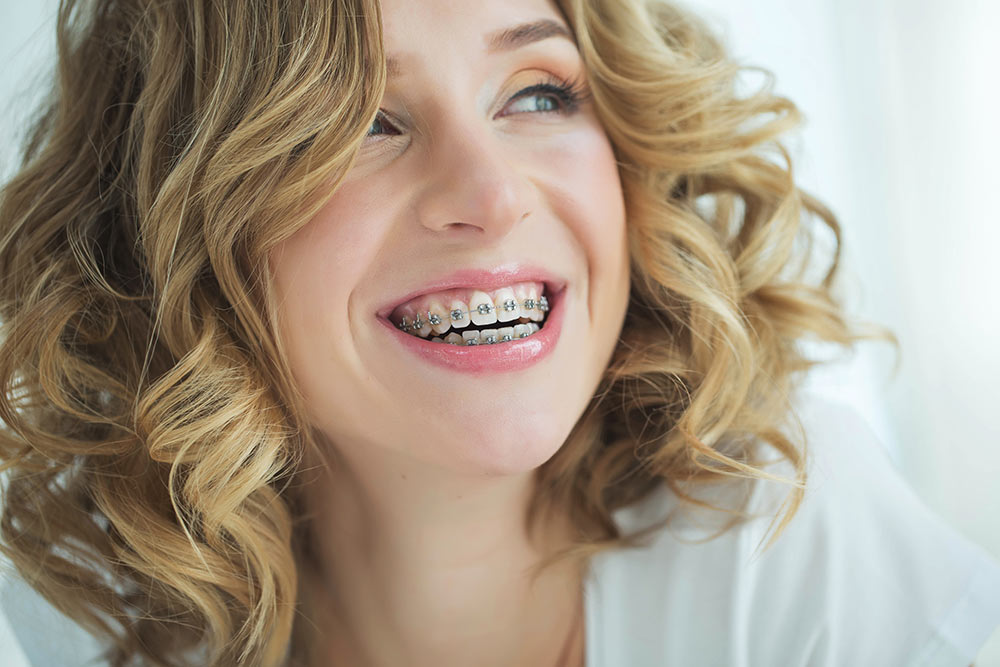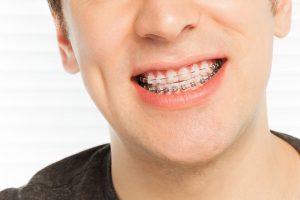
Traditional Fixed Braces
Reliable Orthodontic Appliance
Metal vs Ceramic
Metal – These are often referred to as tradition or train track braces. They consist of metal brackets attached to the teeth using a special adhesive and linked together using metal wires secured in place with small elastics. Wires are adjusted and changed at intervals to realign the teeth. These braces can be customised by selecting coloured elastics at each adjustment.
Ceramic – These use the same mechanics as metal braces but the pads that are attached to the teeth are made of a clear or tooth coloured ceramic material therefore more discreet and less visible.

Speak to a smile expert! Don't wait another year contemplating on getting a more confident smile. Book your free consultation now and get the smile you deserve.

